#anahokkaido
DO: Keep Warm in a Hot Mountain Spring
Hokkaido, Japan’s coldest, wildest prefecture is home to fewer people per square kilometre than anywhere else in the country. Sandwiched between Honshu’s northern tip and Russia’s frozen Kamchatka Peninsula, Hokkaido’s rugged landscape, dramatic climate and abundant wildlife makes it a mecca for outdoor enthusiasts.
Winter is peak season in Hokkaido, when icy Siberian winds lay a thick blanket of snow over the island. Some of the world’s best terrain for winter sports attracts hordes of visitors to the mountains, where snow-laden scenery and the region’s famous geothermal springs promise full nature immersion.
Read on to discover three of Hokkaido’s best mountain onsen, where snowy surrounds and far-reaching views come top of the list.
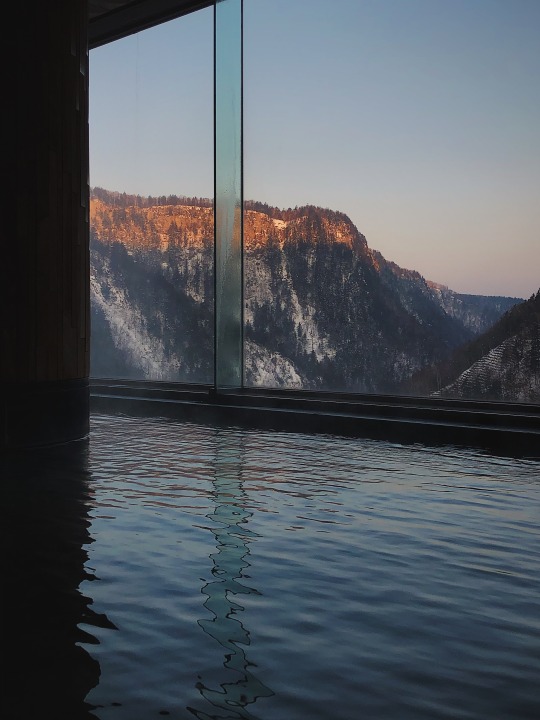
1. For jaw-dropping scenery: Sounkyo Onsen
For those willing to travel the extra miles, Sounkyo Onsen is a small hot spring resort deep in the heart of Daisetsuzan national park. Nestled amongst thickly forested peaks with dramatic views of the steep gorge carved by the Ishikari River, the thermal baths at Sounkyo Onsen are some of Japan’s most scenic.
Successfully fusing Japanese tradition and contemporary convenience, Sounkyo Onsen is home to a hot spring to suit all preferences. If you’re looking for authenticity, head to Kurodake No Yu, the town’s oldest and most famous bath house, who’s outdoor onsen boasts expansive views of the Sounkyo Valley. For the best facilities, Sounkyo Kankou Hotel is home to a variety of indoor and outdoor baths, with their dramatic ‘Utari’ bath being built from pillars of local rock, overlooking a waterfall. But if it’s views you’re after, you can’t beat the baths at Hotel Taisetsu. Perched on a cliff-edge overlooking the town, the hotel’s outdoor baths offer one of Hokkaido’s most unique winter experiences – breath-taking mountain scenery whilst immersed in the island’s restorative mineral-rich water.
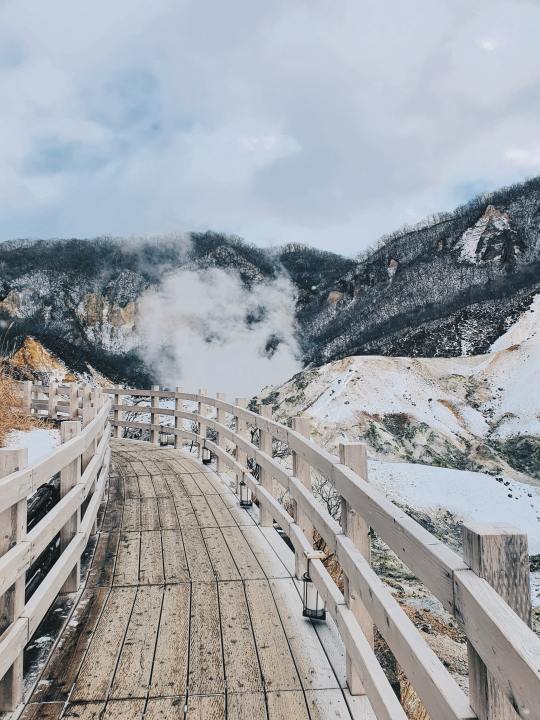
2. For head-to-toe restoration: Noboribetsu Onsen
Whilst Sounkyo Onsen is a lesser-known local gem, Noboribetsu Onsen, on the coast just south of Sapporo, is one of Japan’s most famous. What the spa town lacks in picturesque scenery it makes up for in sheer drama, with Noboribetsu’s medicinal water flowing from a blasted volcanic crater known as Jigokudani, or ‘Hell Valley’.
Hot, desolate and reeking of sulphur, Jigokudani’s smoking vents and boiling lakes produce an incredible eleven types of mineral water, making the thermal baths at Noboribetsu a therapeutic experience like no other. Each variety comes with a promise of its own medicinal benefits, meaning you can choose your bath based on your health needs, whether that’s salt for circulation or iron for anaemia. Add to that the fact that Noboribetsu is also a convenient hour-and-a-half hop from world-class ski resort Niseko, and you have one of Japan’s best spots for winter rest and relaxation.

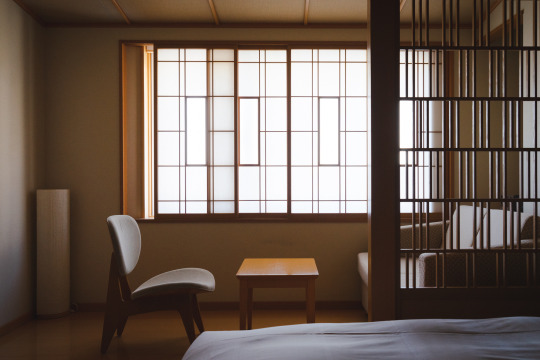
3. For authenticity: Jozankei Onsen
A short drive from Sapporo on the northern edge of Shikotsu-Toya National park, Jozankei Onsen is amongst Japan’s most historic hot spring resorts. Unlike Noboribetsu Onsen, the thermal baths at Jozankei are less familiar to foreign visitors, offering the chance to experience Hokkaido’s hot springs as the locals do.
With a history of over 150 years, Jozankei Onsen is one of Hokkaido’s spa towns, tempting visitors to the mountains with the promise of clean air, grand vistas and restorative waters. Extremely popular amongst locals, Jozankei Onsen is home to a vast number of baths, many of them outdoor with magnificent views of the surrounding peaks or the Toyohira River canyon. If you’re short on time, Jozankei is conveniently located for Sapporo day-trippers and many of the hotels offer spa entrance for day visitors. But for total relaxation and immersion in Hokkaido culture, book into one of the town’s traditional ryokan for an overnight stay.
Images: Alex Rebbeck for ANA, Ian Lai via Unsplash
Post link
GO: From the tropical south to the frozen north
Part Eight: Daisetsuzan to Tokyo
Our journey home began high in the mountains of Daisetsuzan National Park and ended back where we started, at Tokyo’s Haneda Airport. Read on to follow the final leg of our journey, that in just seven days took us from tropical Okinawa to icy Hokkaido.


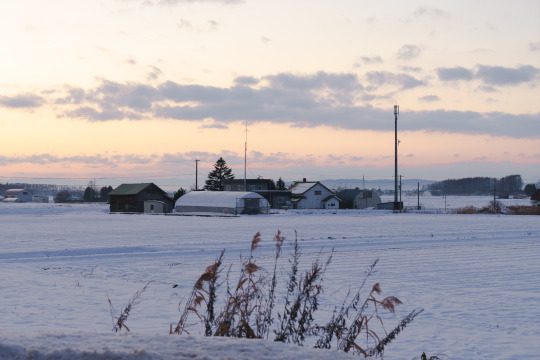
Wild Hokkaido: expansive landscapes define Japan’s northern isle, where the lowest population density of all 47 prefectures puts nature at the fore.
Leaving Mount Kuradake just as the light began to fade, our drive from Daisetsuzan National Park to Asahikawa Airport took us through Hokkaido’s characteristic rural landscape. Towering rock faces and forested peaks soon give way to broad horizons, where remote towns and snow-covered farmland fill expansive valleys. In Hokkaido, nature takes centre-stage and any road-trip through the prefecture’s breath-taking scenery is endlessly rewarding.
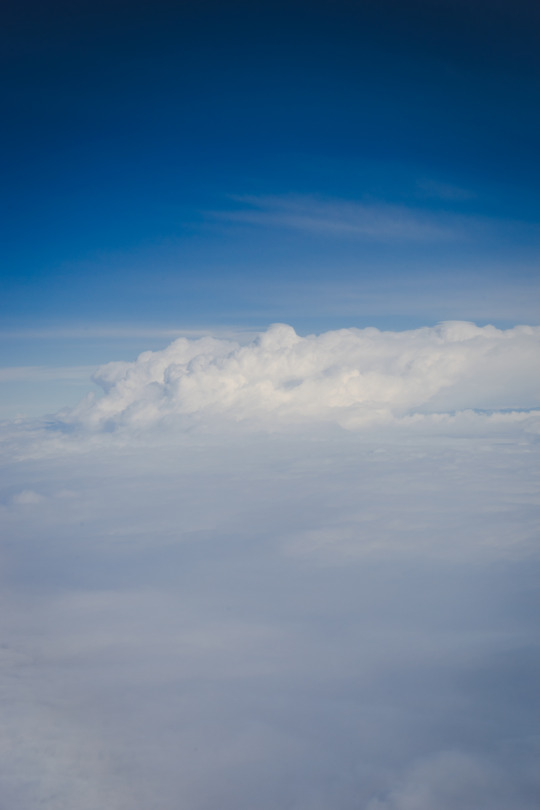

Hokkaido soft serve: No trip to Japan’s chilly northern tip is complete without sampling the country’s finest, and freshest, ice-cream.
Our journey through Japan had been made possible only by ANA’s extensive domestic flight network, making travel between the country’s far-flung prefectures staggeringly easy. Much like catching a train, each leg of our journey had proved speedy and hitch-free, with our final flight transporting us from remote Ashaikawa in central Hokkaido, back to bustling Tokyo in under two hours.
But whilst the journey was swift, we found time before boarding for one final taste of the region – a tub of creamy Hokkaido soft-serve – made using local milk, and arguably Japan’s tastiest ice-cream.

With our flight home to London departing the following morning, our last night in Japan was spent at Tokyo’s Haneda Airport, watching planes come and go from Excel Hotel Tokyu’s perfectly positioned bedroom windows. Heaven for plane-spotters, Excel Tokyu’s rooms overlooking Haneda airport’s domestic runway put guests nose-to-nose with the action, where watching Terminal Two’s busy comings and goings proves surprisingly mesmeric.
Last November, We Are Japan took a seven-day trip – exploring the country’s most remote corners to discover sand and soba, skiing and snow crab all in one week. Follow our trip over the coming weeks as we track our journey from the tropical south to the frozen north.
Post link




